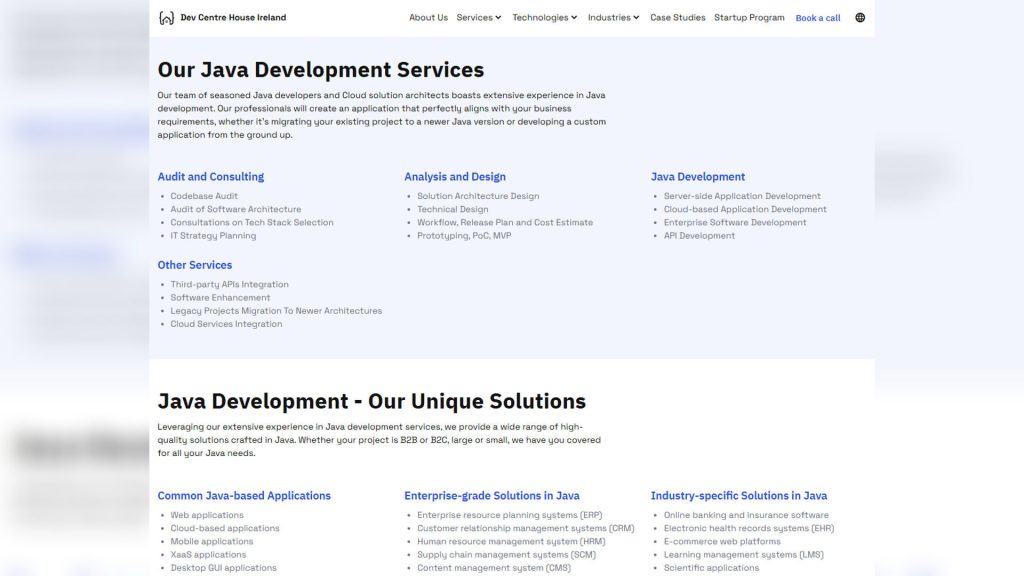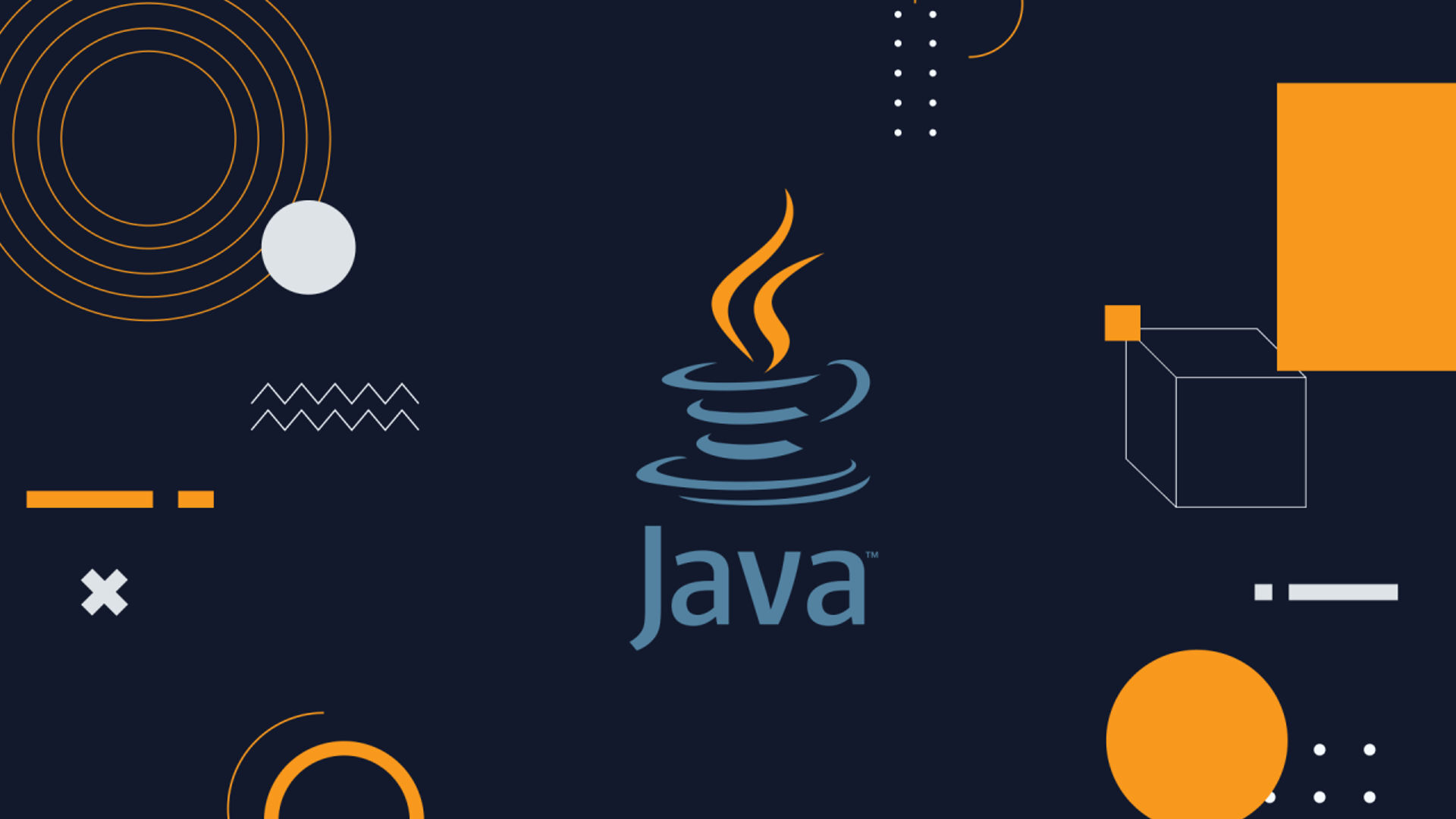In 2025, Java continues to stand tall in the world of enterprise application development. While newer languages and frameworks have entered the arena, Java’s reliability, scalability, and mature ecosystem keep it firmly rooted in mission-critical systems across industries. But why does Java still dominate in a field that’s constantly evolving?
Let’s explore the reasons behind Java’s enduring relevance for enterprises in the modern era.
Stability That Enterprises Trust
Java has earned a reputation for stability an attribute that’s indispensable for long-term enterprise projects. Its strong backward compatibility ensures older applications still run flawlessly on newer versions of the Java Virtual Machine (JVM). This allows businesses to maintain legacy systems while incrementally modernising codebases.
From banking and healthcare to logistics and government tech, Java has proven its robustness over decades, which translates into trust. Enterprises can continue to innovate without worrying about disruptive changes in the language itself.
Scalability That Matches Growing Business Needs
Scalability is crucial in enterprise environments, and Java is engineered for it. With powerful frameworks like Spring Boot, Micronaut, and Quarkus, Java developers can build microservices that scale horizontally in distributed environments.
Whether you’re managing thousands of concurrent users or handling complex transaction flows, Java’s threading model, performance tuning options, and tooling support allow for efficient scaling, both vertically and horizontally.
Security Built into the Core
Security concerns are paramount in enterprise development, especially in sectors that deal with sensitive user data. Java incorporates strong security practices by design. Its sandboxing model, secure class loading, and access control mechanisms have stood the test of time.
Modern Java frameworks also come equipped with built-in features for authentication, authorisation, and data encryption. Combined with tools like Spring Security, Java provides end-to-end protection for enterprise-grade applications.
Massive Ecosystem and Community Support
The Java ecosystem is immense. From libraries and frameworks to build tools like Maven and Gradle, there’s a wealth of resources to streamline development. The language is supported by a vibrant global community that continually contributes improvements, plugins, and documentation.
Moreover, the Java Community Process (JCP) ensures the platform evolves through a formal and community-driven standardisation process—something that not every language can boast.
Seamless Integration with Cloud and Big Data
Java’s compatibility with cloud platforms like Microsoft Azure, Amazon Web Services (AWS), and Google Cloud Platform (GCP) makes it ideal for modern infrastructure. Cloud-native development using Java is now commonplace, thanks to its integration with tools like Docker, Kubernetes, and Spring Cloud.
Java also powers big data tools like Apache Hadoop, Kafka, and Spark, allowing businesses to build data-intensive applications without leaving the comfort of the JVM.
Performance That Keeps Improving
Java isn’t just stable it’s fast. Modern versions of the JDK, especially from Java 17 onwards, have brought significant improvements in garbage collection, memory usage, and execution time. Projects like Project Loom aim to revolutionise Java’s concurrency model with lightweight threads, enhancing its suitability for high-throughput, low-latency applications.
Additionally, technologies like GraalVM are making it possible to compile Java code ahead-of-time, leading to faster startup times and lower memory usage important factors in serverless and containerised environments.
Cross-Platform by Nature
Java’s platform independence is legendary. Applications built in Java can run on any operating system with a compatible JVM, embodying the “write once, run anywhere” philosophy. This makes it perfect for enterprises deploying applications across diverse hardware and software environments.
Whether your infrastructure is on-premise, hybrid, or entirely cloud-based, Java enables consistent behaviour and seamless portability.
High Developer Availability and Talent Pool
One of the underrated reasons behind Java’s ongoing dominance is the sheer number of skilled developers available. Java remains one of the most taught and used programming languages in universities and bootcamps around the world.
This ensures that companies have access to a broad talent pool, making hiring and scaling teams easier. It also means that there’s a wealth of documentation, tutorials, and expert support readily available.
Evolving Yet Backward-Compatible
Java has struck a rare balance between innovation and stability. While new features like pattern matching, records, and sealed classes modernise the syntax and improve developer productivity, Java remains backward-compatible. This makes it easy for teams to gradually adopt new paradigms without rewriting their entire codebase.
The regular six-month release cadence also means enterprises receive continuous, incremental enhancements instead of disruptive overhauls.
Conclusion
Java for enterprise application development in 2025 continues to be a smart and future-proof choice. It brings together the ideal mix of reliability, scalability, security, and modern capabilities. Whether you’re modernising legacy systems or building greenfield microservices for the cloud, Java remains a resilient and adaptable platform.

If your organisation is looking to develop enterprise-grade applications with Java, Dev Centre House Ireland offers tailored software engineering expertise to help accelerate your success.
